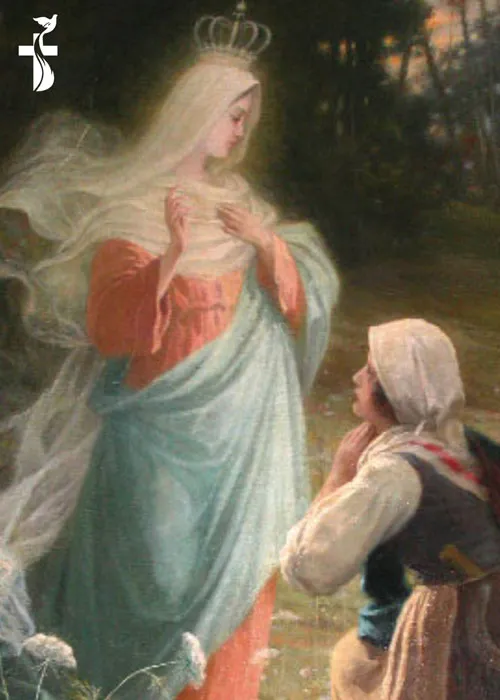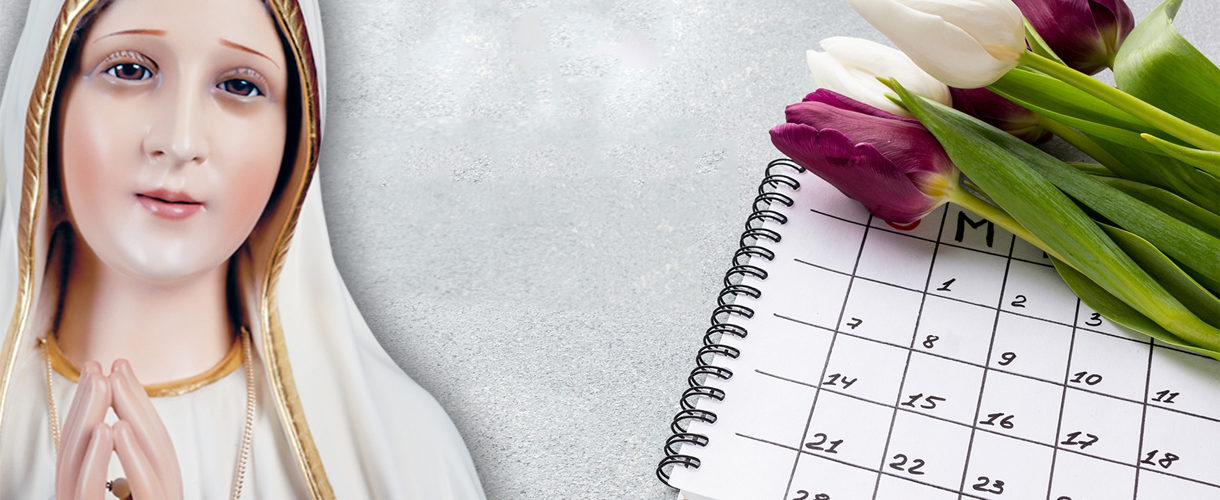
Our Lady Of Caravaggio
Country :
Year : 1432
An Italian shrine to our Lady near Milan is said to have its origin in 1432, when the Mother of God is reported to have appeared in a vision to a sick peasant woman and pointed out to her a healing stream, where the woman was cured and many other miracles and cures were effected.
The present church is due to the initiative of St. Charles Borromeo; it is approached through an arch on which stands statues of Mary and the woman she helped at the origin of the shrine. There are three main pilgrimages to the present shrine each year.
The story of this title of Our Lady begins in the first half of the 15th century. Giovannetta, pious daughter of Pierro Vacchi, intended to become a nun, but her father had different ideas; to please him, she married a farmer named Francesco Varoli. The marriage was unhappy—Francesco was not a nice fellow and made life miserable for his wife. On May 26, 1432, although Giovannetta was not feeling well, Francesco sent her out to the fields to cut grass for his cattle. After gathering a large bundle of fodder, she sat down to rest; perhaps she dozed a bit, for when she lifted her head, the Blessed Virgin stood before her and told the woman to be of good heart, her troubles would soon be over. Jesus was displeased by the sins of the people, but Giovannetta could obtain mercy for them if they repented and changed their ways—otherwise Christ would punish them all. Mary also said she wished a church built in that spot in her honor—she charged Giovannetta to make known her wishes to all the people and promised if they obeyed, she would bless them with many favors and miracles; then Mary vanished. But as a memento of her appearance Mary left behind the imprint of her feet in a stone upon which she had stood, and from beneath the stone a spring of pure water gushed.
As great crowds came to the shrine to offer homage to Our Lady, the shrine was too small to accommodate them; so, in 1575, Carlo Borromeo (later St. Charles) employed the celebrated architect, Pellegrino Pellegrini to enlarge it. Later additions and changes were further made, resulting in the present sanctuary.
A statue of the Virgin was placed in the enlarged sanctuary—this statue depicts Our Lady blessing Giovannetta; it supposedly occupies the very spot on which the Virgin stood during the apparition; and from beneath Mary’s feet, the little stream of water still flows.



